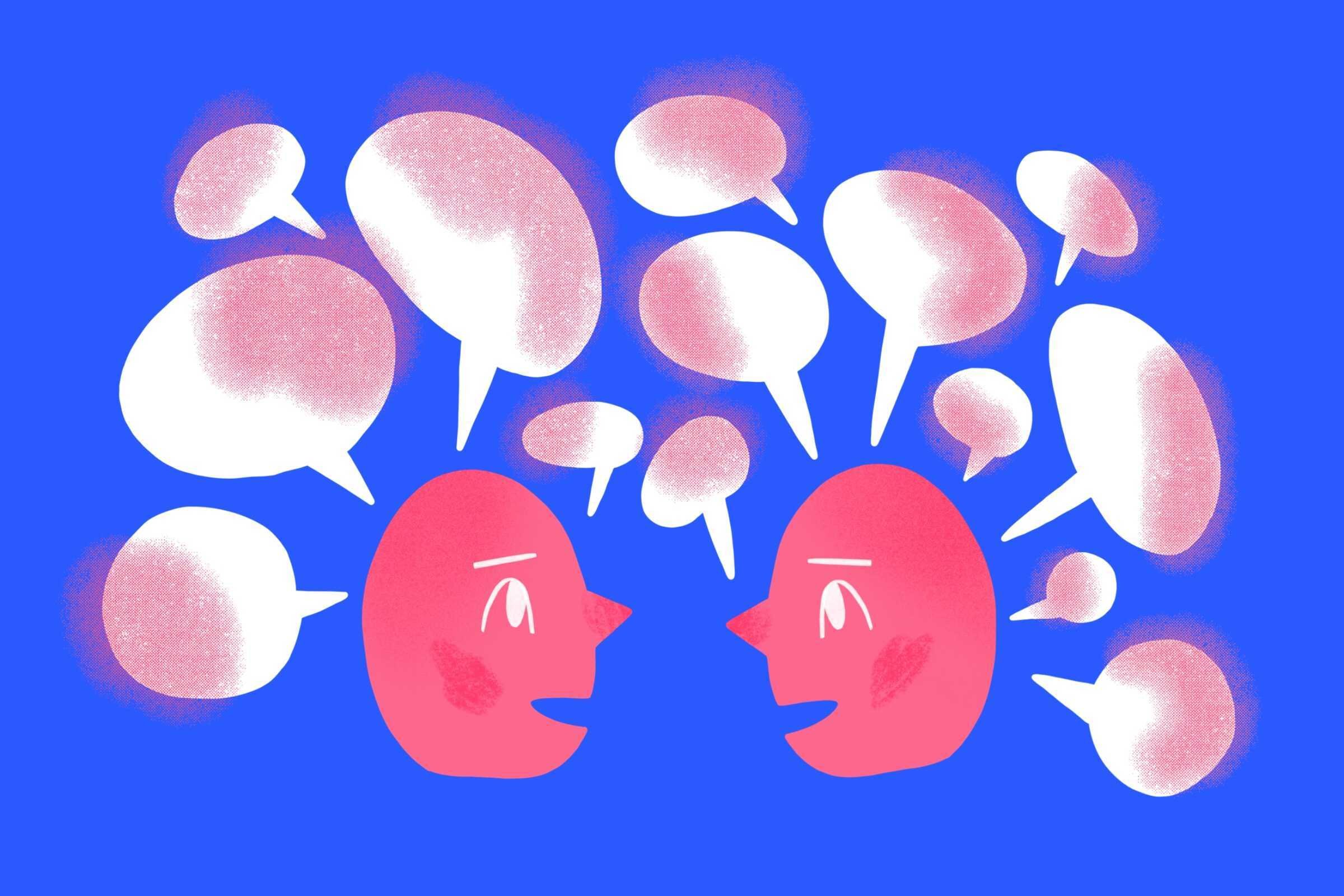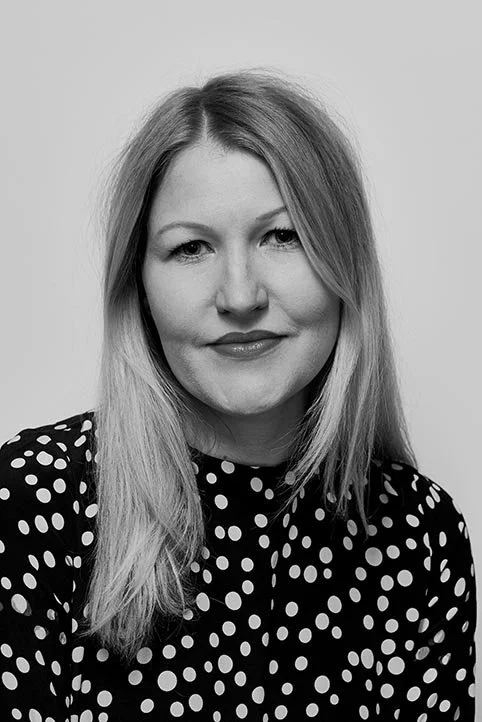Be a problem seeker, not a problem solver
Written by Kirsty Minns, illustrated by Alice Radford
Published 25th October 2021
Being a designer has always been about solving problems. We exist to solve – to improve, to make products, brands and experiences (and hopefully sometimes the world) better.
But truly great designers are those that don’t just tackle a problem set in front of them. They are those that constantly interrogate what the true challenge is. It’s about having an inquisitive mindset, looking at a problem presented but also understanding the context around it.
In fact, we should all strive to be problem seekers rather than just solvers. To be proactive, rather than reactive. We know that a designer can’t just have their own perspective. Designers work on behalf of brands that have broad audiences, so it’s our job to have broad perspectives. Researching the audience, the wider political landscape or social trends, sector crossovers, and the consumer needs and mindsets all feeds into identifying the real challenge – and potentially reframing the issue that needs to be tackled in the first place.
The key is not to criticise or interrogate in an aggressive way, but to pose the right questions, to tease out the re-evaluation in order to come to the central challenge. At Mother, we work this way with all our clients, defining the problem first. For example, a client might ask for a complete identity rebrand when on inspection they really don’t need this. The foundations are there, they might just need additional tools or the means to communicate the brand internally for people to adopt it in the right way.
“The key is not to criticise or interrogate in an aggressive way, but to pose the right questions, to tease out the re-evaluation in order to come to the central challenge.”
This approach doesn’t just apply to big client briefs. You don’t need to be an ECD to hone your problem seeker mindset. Identifying a problem, no matter how small, can stand you in good stead whatever level you’re at in the studio hierarchy.
During my first job at Established & Sons, I was constantly curious, looking to question, find out as much as possible – about clients, colleagues, the workplace – to understand where I might be able to make a difference. For example, I reorganised the stationery cupboard by departments to make it easier for everyone to find materials. No one had presented me with the ‘stationery challenge’, but I could see how much time it was taking everyone to find what they needed.
So, what does it take to become the problem seeker that gets noticed?
Firstly, curiosity is the problem seeker’s most valuable asset. Even as a junior, you have access to so much information for free. Apply your passion for your clients’ brands to dig out that information – through Google Alerts, national or social media. Present connections and insight that others might not have noticed, might not have had the time to unearth. Even though those nuggets of information will not always be right for a specific project at the time, the fact that you’re thinking proactively and with curiosity will stick in people’s minds.
“Even as a junior, you have access to so much information for free. Apply your passion for your clients’ brands to dig out that information”
Also, you don’t need to tackle the biggest challenge on one of the biggest accounts from day one. Demonstrating a problem seeker approach can be as simple as suggesting a design inspiration to colleagues that are stretched, fed up or in need of a pick-me-up. A link to an interesting podcast or a thought-provoking point of view will get noticed.
Being a problem seeker is also about being able to present the solution in the right way. You need to work on your emotional intelligence skills within an office. Listening to people – whether those are clients or colleagues – and being aware of their emotional needs will allow you to find the right time to contribute or present an identified problem and its answer.
“Being a problem seeker is also about being able to present the solution in the right way.”
Remember, though, not to be offended or disappointed if your efforts don’t bear fruit instantly. Often, you’re dealing with busy people that have a million other priorities. Just know, that slowly chipping away, in a style of communication that works for you, will make you stand out if you’re in the right company.
Finally, allow yourself to do things your own way. A good manager knows that it’s not just the loudest person in the room that’s the star player of your team. If you don’t like phone – or Zoom – calls, then write a snappy email. If you don’t like formal presentations, then maybe team up with a colleague to bring your insight across. Even after 20 years of experience, I still get a bit nervous before big presentations. Luckily my partner in design, Mother Design MD Kathryn Jubrail, loves presenting which always gives me confidence – so don’t forget that you can bring others along on your problem quest.
Whatever level of the career ladder you’re at, you must find your own way. Start now to join the ranks of best problem seekers out there.
About the author
Kirsty Minns is the Executive Creative Director of Mother Design in London. Joining the team in 2018, Kirsty brings almost two decades of design experience in the brand building space and has worked with an impressive multitude of clients.
Her work stretches from building award winning experiences for Google Pixel and Selfridges, rebranding large complex components of the BBC and Facebook, to working on brand building briefs for the likes of Belstaff, Hunter, Baileys, Hennessy, Jamesons and Nike.





